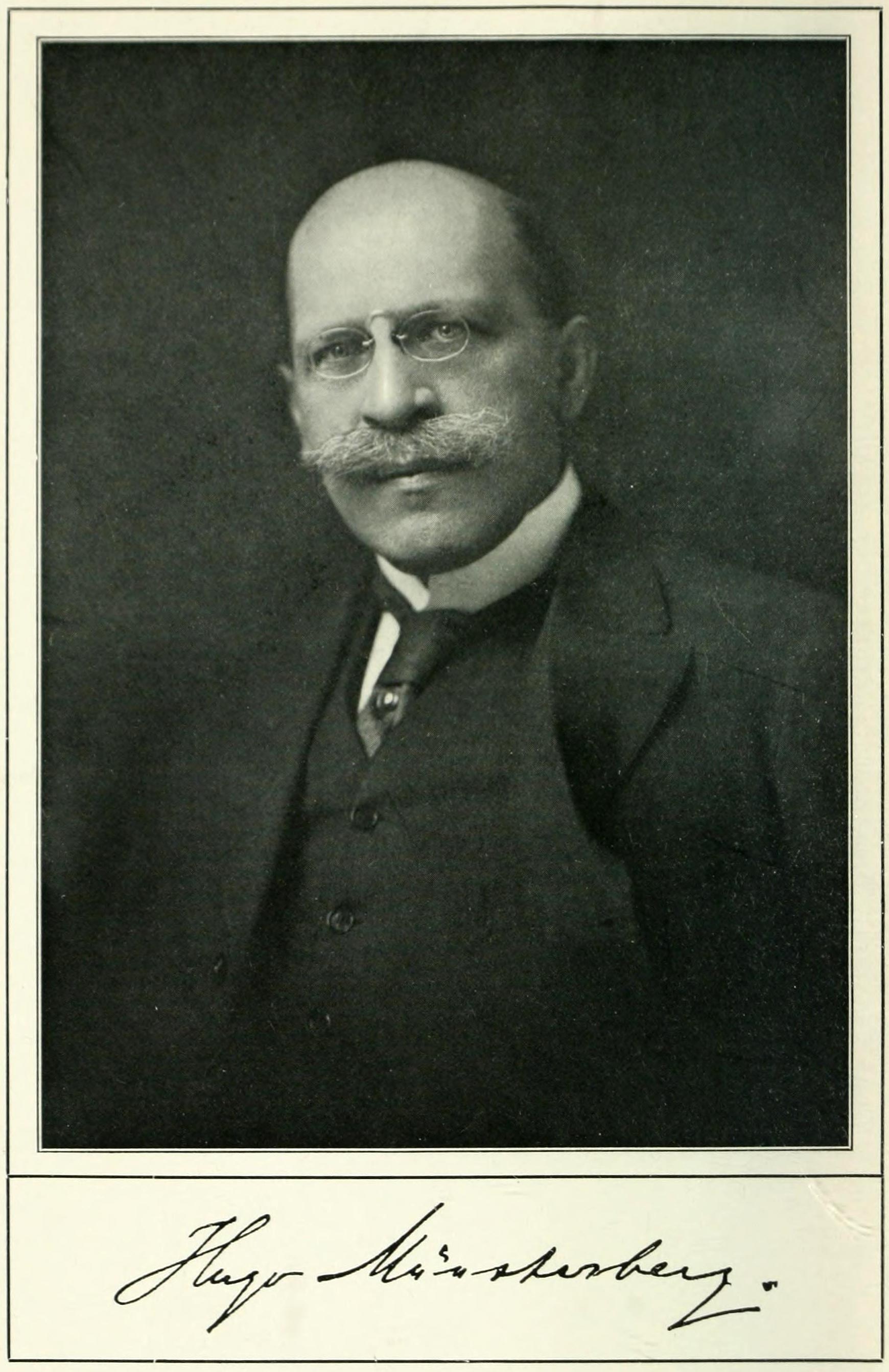I think the judge and jury have got to see the face of the witness [to] judge their demeanour and decide for themselves whether they are going to rely on this evidence ... It may be you have to make some special arrangements, it may be they'll have to be some screening from the general public, but I actually think it undermines a trial.
 |
| Ken Clarke, in costume |
 Unfortunately there is little psychological evidence to support these claims. Indeed, studies which have been carried out in this area suggest that professionals (police, immigration officers) are no better at detecting lies than the ordinary person, and that the ordinary person does no better than 50:50. (The suggestion is that poker players may be the best at detecting lies...). There is, of course, a huge amount of folk belief in this area, a lot which can be traced back to ancient superstitions about guilt or unreliability revealing itself through signs: sweating, failure to make contact, nervous tics and so on. These are entertainingly discussed in a famous work by Hugo Munsterberg, one of the pioneers of criminal psychology, called On the Witness Stand (1908). But while claiming the existence of these 'tells', even Munsterberg acknowledged that further psychological research was needed in order to learn properly how to detect them.
Unfortunately there is little psychological evidence to support these claims. Indeed, studies which have been carried out in this area suggest that professionals (police, immigration officers) are no better at detecting lies than the ordinary person, and that the ordinary person does no better than 50:50. (The suggestion is that poker players may be the best at detecting lies...). There is, of course, a huge amount of folk belief in this area, a lot which can be traced back to ancient superstitions about guilt or unreliability revealing itself through signs: sweating, failure to make contact, nervous tics and so on. These are entertainingly discussed in a famous work by Hugo Munsterberg, one of the pioneers of criminal psychology, called On the Witness Stand (1908). But while claiming the existence of these 'tells', even Munsterberg acknowledged that further psychological research was needed in order to learn properly how to detect them.In the continuing absence of convincing findings, the claims of lawyers (and politicians) as to the lie detecting powers of judges and juries are no more than folk beliefs. Video or audio evidence is just as likely to produce the same outcomes, and from a scientific perspective there may even be no good reason why we should not rely on written evidence. And whether witnesses given evidence from behind screens or veils, or from a different room should not really have much impact on the ability of the jury to detect whether they are lying or telling the truth.
 So what is really going on here. A more plausible way of understanding what is at stake is in terms of confrontation. This is the belief that the trial is at base about bringing the main protagonists together and that the truth will emerge from a series of confrontations: between the accused and their accusers, the lawyer and the witness, between lawyer for the prosecution and defence. This is bolstered by the mythology of the adversarial trial: stories of brilliant barristers breaking down witnesses, of accused persons cracking under sustained cross examination, of the coup de theatre that undermines a key witness. This is the British way of justice, but the audience is less the jury than a broader public who are to be convinced of the reliability of our institutions of justice and those who work in them.
So what is really going on here. A more plausible way of understanding what is at stake is in terms of confrontation. This is the belief that the trial is at base about bringing the main protagonists together and that the truth will emerge from a series of confrontations: between the accused and their accusers, the lawyer and the witness, between lawyer for the prosecution and defence. This is bolstered by the mythology of the adversarial trial: stories of brilliant barristers breaking down witnesses, of accused persons cracking under sustained cross examination, of the coup de theatre that undermines a key witness. This is the British way of justice, but the audience is less the jury than a broader public who are to be convinced of the reliability of our institutions of justice and those who work in them.And this is the point: what is really at stake is a clash between the sense of the trial as an event and something which might undermine this. The witness in a veil is seen as undermining this without good reason (though of course there are many excellent reasons for respecting cultural difference). It really has nothing to do with truth, and it would be better for all if this were recognised from the start.
No comments:
Post a Comment